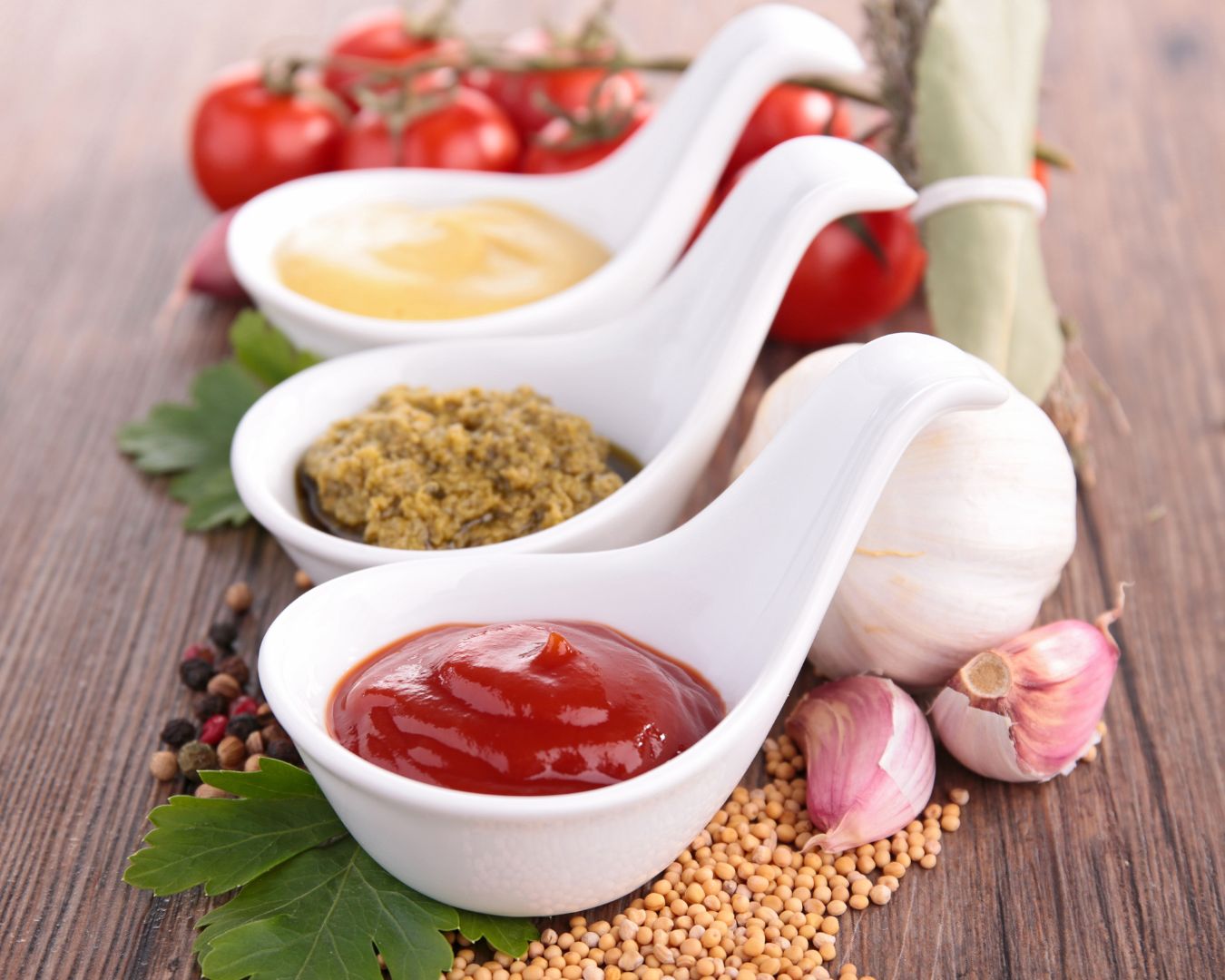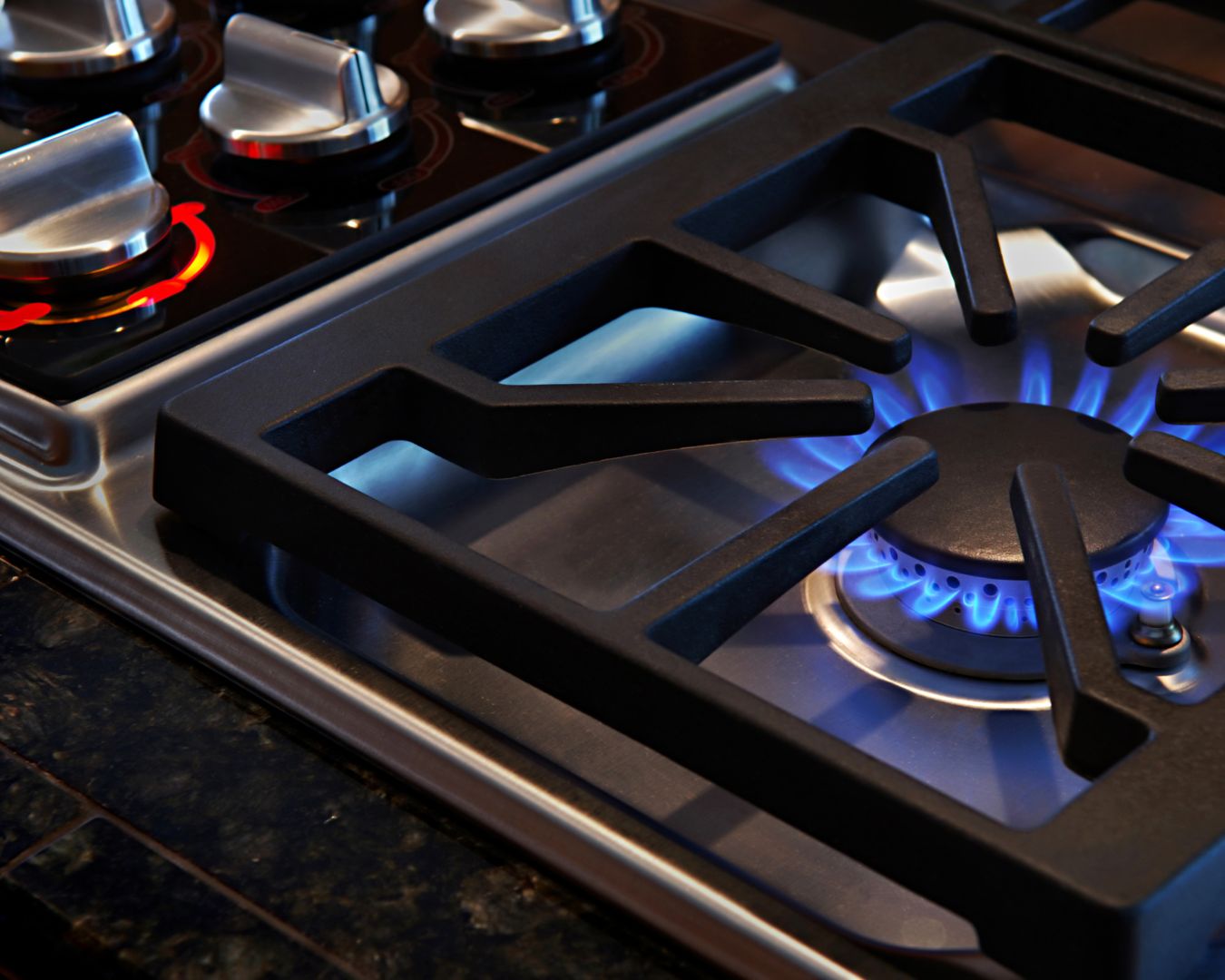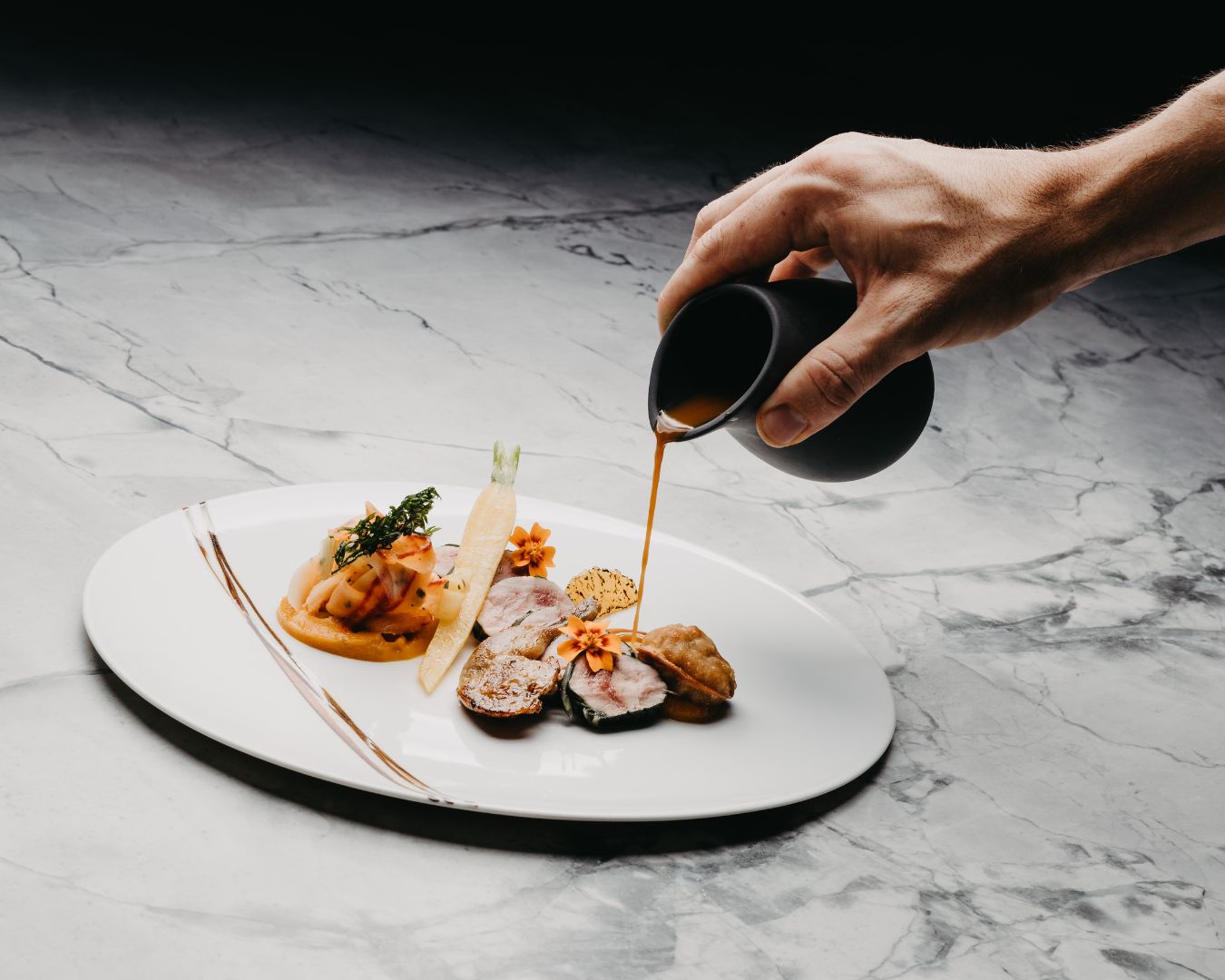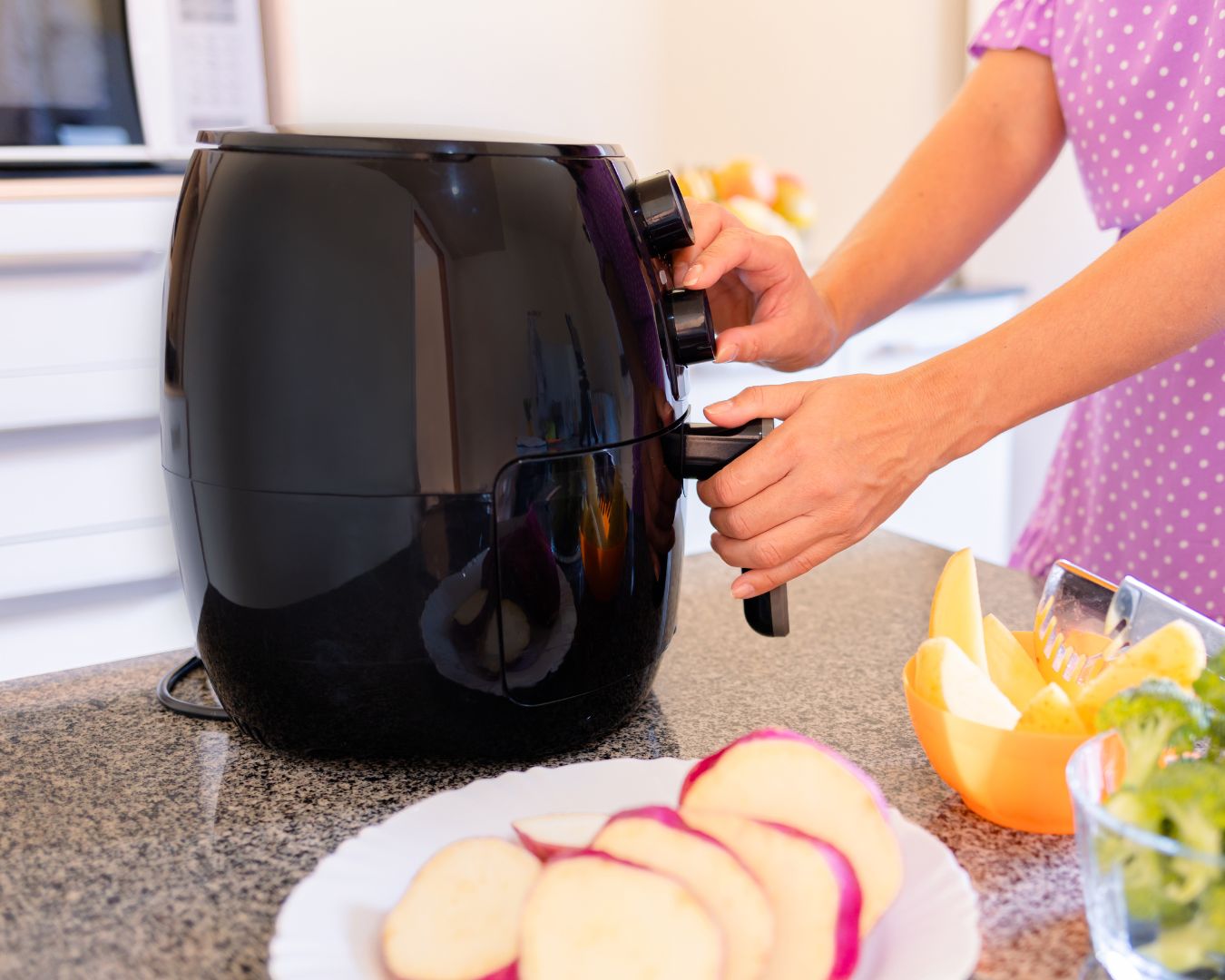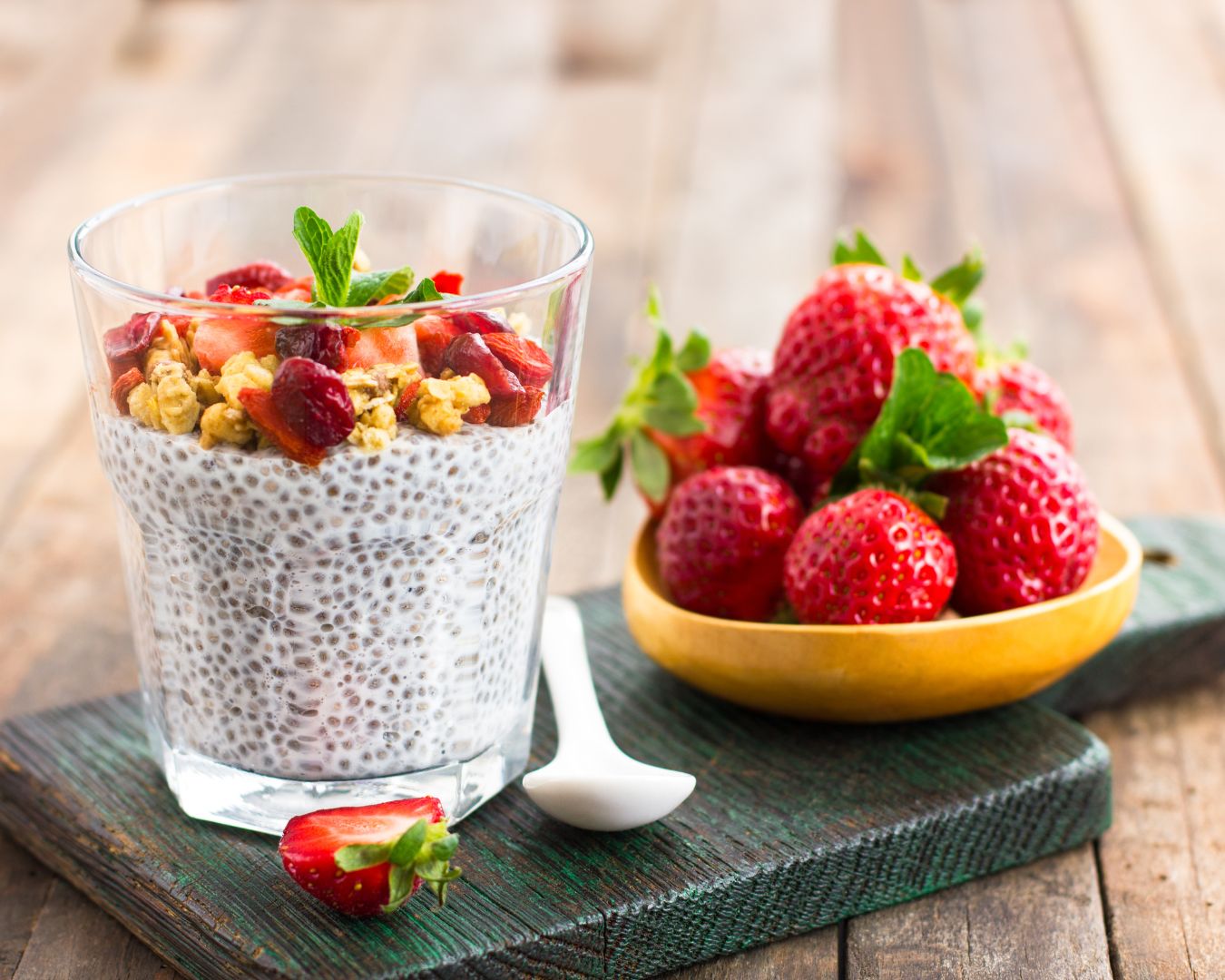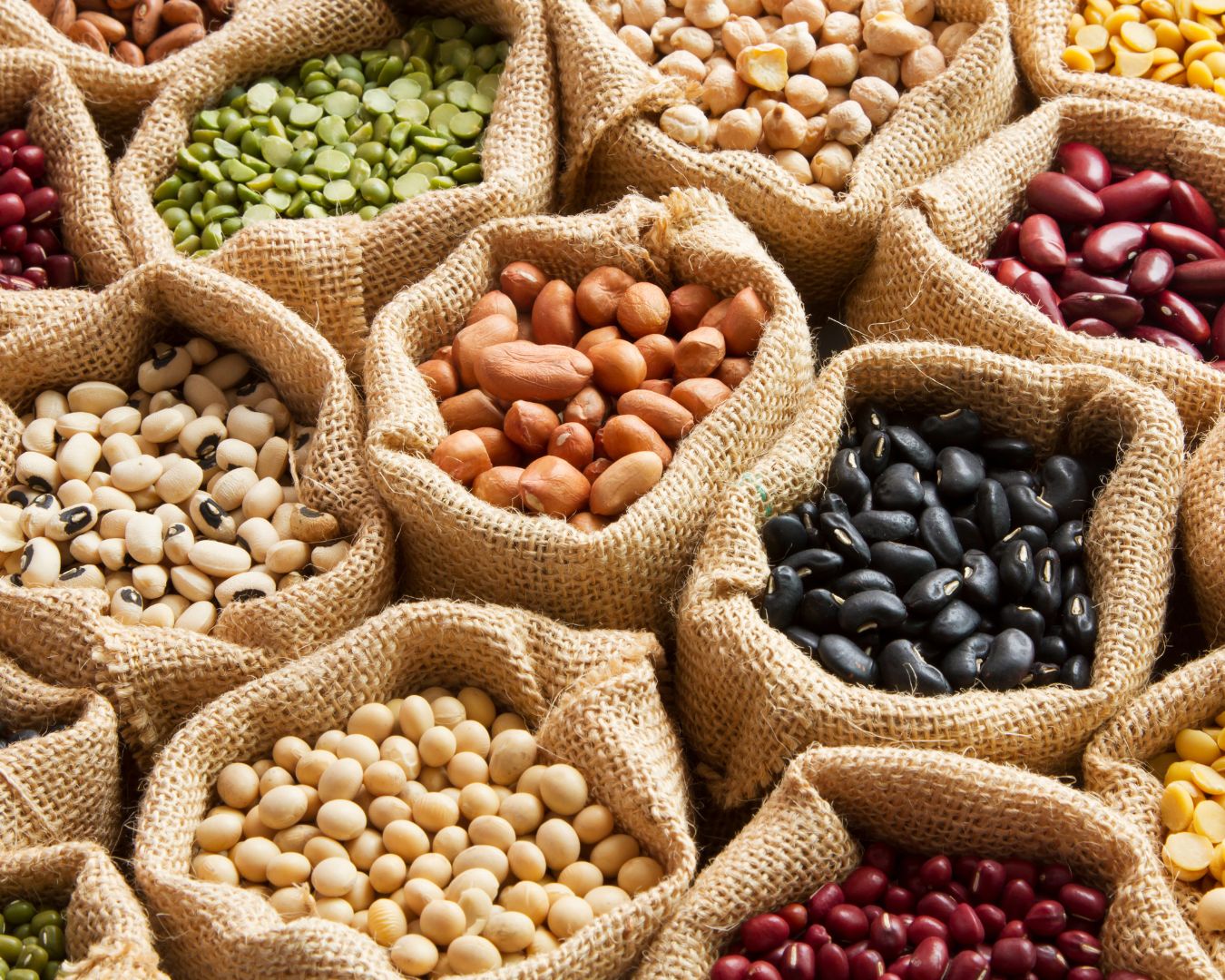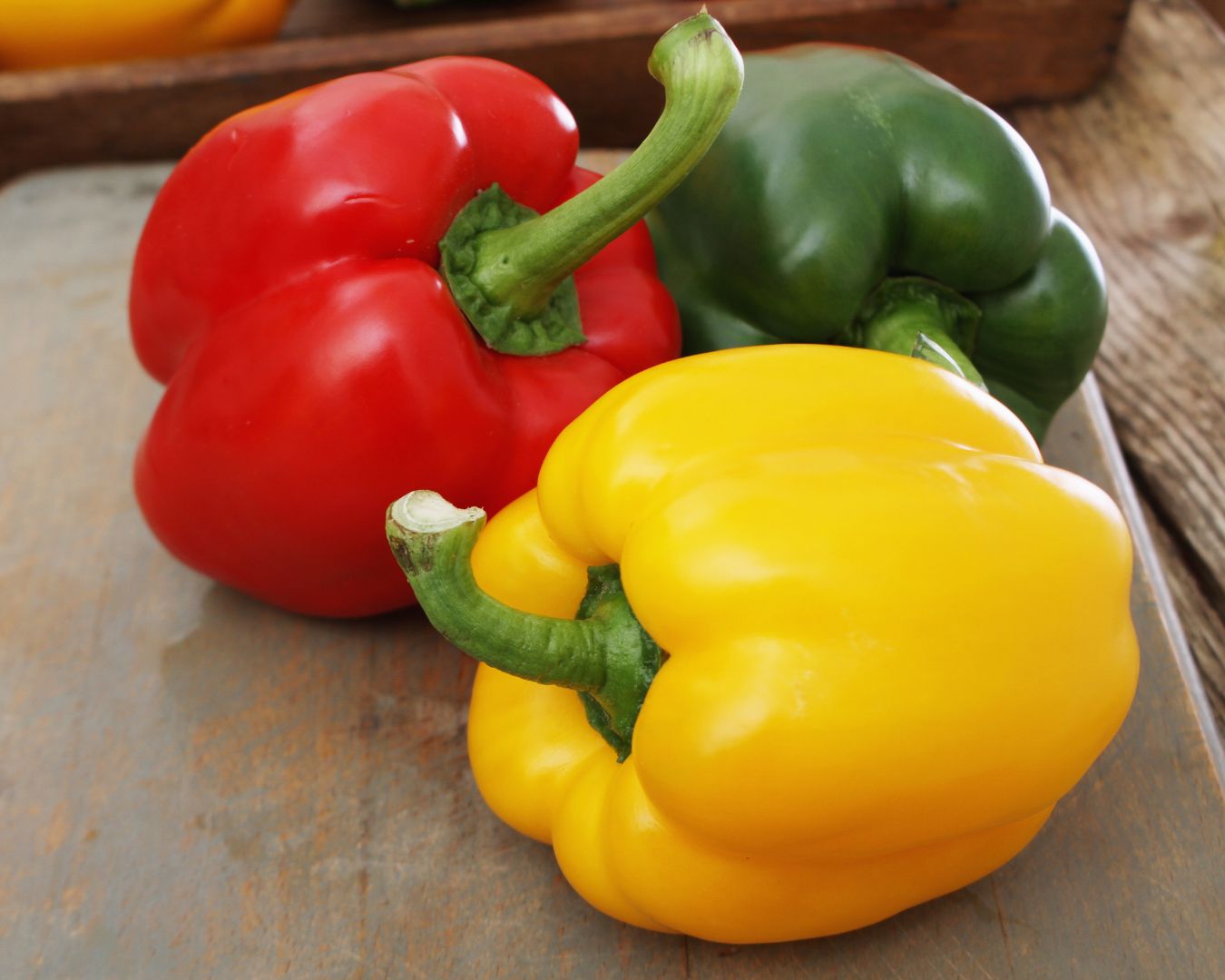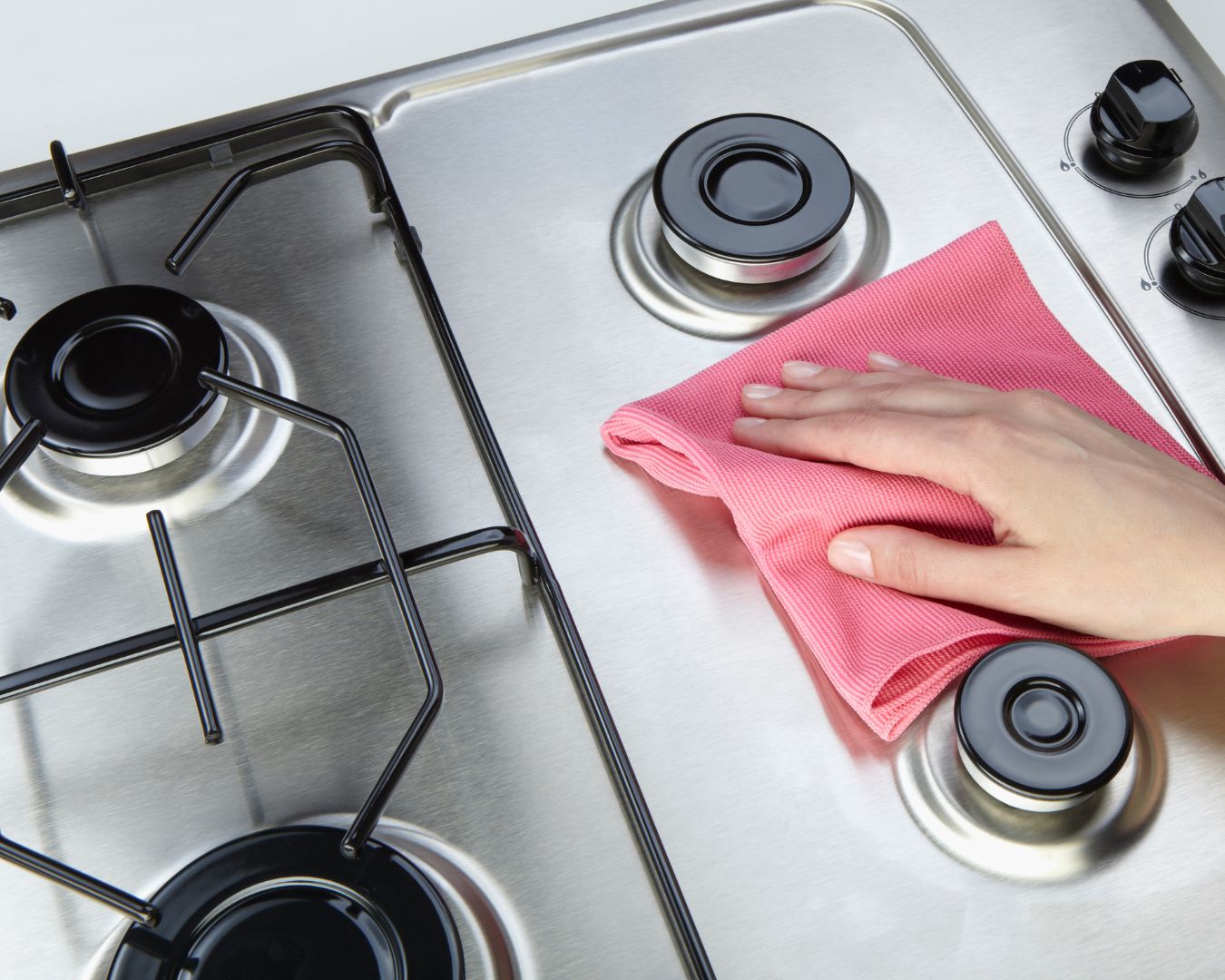How to Encourage Healthy Eating Habits Through Cooking
Cooking at home offers more than just a way to prepare meals; it’s an opportunity to foster healthy eating habits and make nutritious choices. By integrating certain practices into your cooking routine, you can promote a healthier lifestyle for yourself and your family. In this blog post, we’ll explore effective strategies to encourage healthy eating habits through cooking. Plan Balanced Meals Meal planning is a cornerstone of healthy eating. By planning your meals in advance, you can ensure that your diet is balanced and includes a variety of nutrients. Aim to include: Tip: Use a meal planning app or a simple calendar to organize your weekly meals and make grocery shopping more efficient. Cook from Scratch Preparing meals from scratch allows you to control the ingredients and avoid added sugars, unhealthy fats, and excessive sodium found in processed foods. Cooking from scratch also gives you the chance to experiment with fresh ingredients and healthier cooking methods. Tip: Start with simple recipes and gradually incorporate more complex dishes as you become more comfortable. Homemade soups, salads, and stir-fries are great starting points. Use Healthy Cooking Methods The way you cook your food can impact its nutritional value. Favor healthy cooking methods that preserve nutrients and reduce the need for excessive fats. Some methods include: Tip: Invest in non-stick cookware to minimize the amount of oil needed and experiment with herbs and spices for added flavor without extra calories. Incorporate Superfoods Superfoods are nutrient-dense foods that offer a variety of health benefits. Integrate these into your cooking to enhance the nutritional profile of your meals: Tip: Add berries to your breakfast cereal, toss leafy greens into salads or smoothies, and use nuts and seeds as toppings for yogurt or oatmeal. Involve the Whole Family Involving family members in meal preparation can make healthy eating more enjoyable and educational. Children who participate in cooking are more likely to try new foods and develop a positive attitude towards healthy eating. Tip: Assign age-appropriate tasks such as washing vegetables, stirring ingredients, or setting the table. Make cooking a fun and collaborative activity. Create Healthy Substitutions Make small, manageable changes to traditional recipes to improve their nutritional content. Some healthy substitutions include: Tip: Experiment with different substitutions and flavors to find what works best for your family’s taste preferences. Practice Portion Control Portion control is key to maintaining a balanced diet. By serving appropriate portions, you can enjoy a variety of foods without overeating. Tip: Use smaller plates and bowls to help manage portion sizes and avoid second servings. Pay attention to hunger cues and eat slowly to recognize when you’re satisfied. Focus on Mindful Eating Mindful eating involves paying attention to the sensory experience of eating and savoring each bite. It helps you become more aware of your body’s hunger and fullness signals, leading to healthier eating habits. Tip: Sit down for meals without distractions, chew your food thoroughly, and appreciate the flavors and textures of your dishes. Practice gratitude for the food you have and the effort put into preparing it. Make Healthy Snacks Available Healthy snacks can keep you satisfied between meals and prevent unhealthy cravings. Stock your kitchen with nutritious options: Tip: Prepare snack-sized portions in advance and keep them readily available to avoid reaching for unhealthy options. Educate Yourself and Others Knowledge is a powerful tool for encouraging healthy eating habits. Educate yourself about nutrition and share what you learn with your family and friends. Tip: Read nutrition labels, follow reputable health blogs, and consider consulting a registered dietitian for personalized advice. Cooking is a powerful way to promote healthy eating habits and support a nutritious lifestyle. By planning balanced meals, cooking from scratch, using healthy cooking methods, and involving your family, you can create an environment that fosters good eating habits. Remember, small changes can make a big difference, so start incorporating these practices into your cooking routine and enjoy the benefits of a healthier, more satisfying diet.


